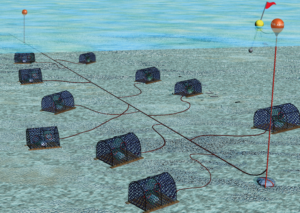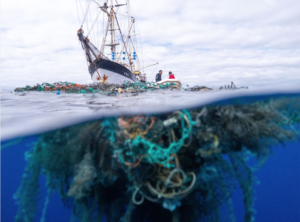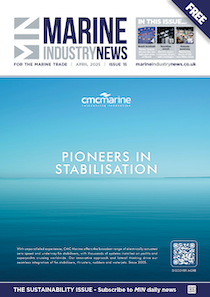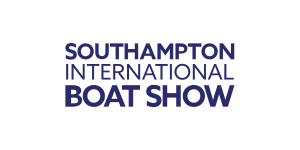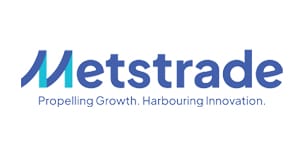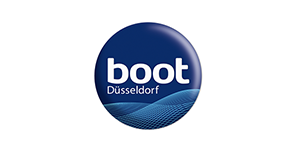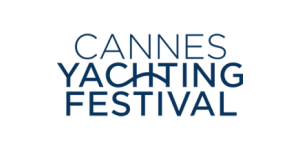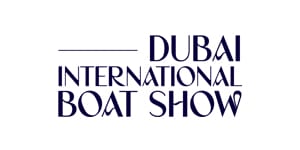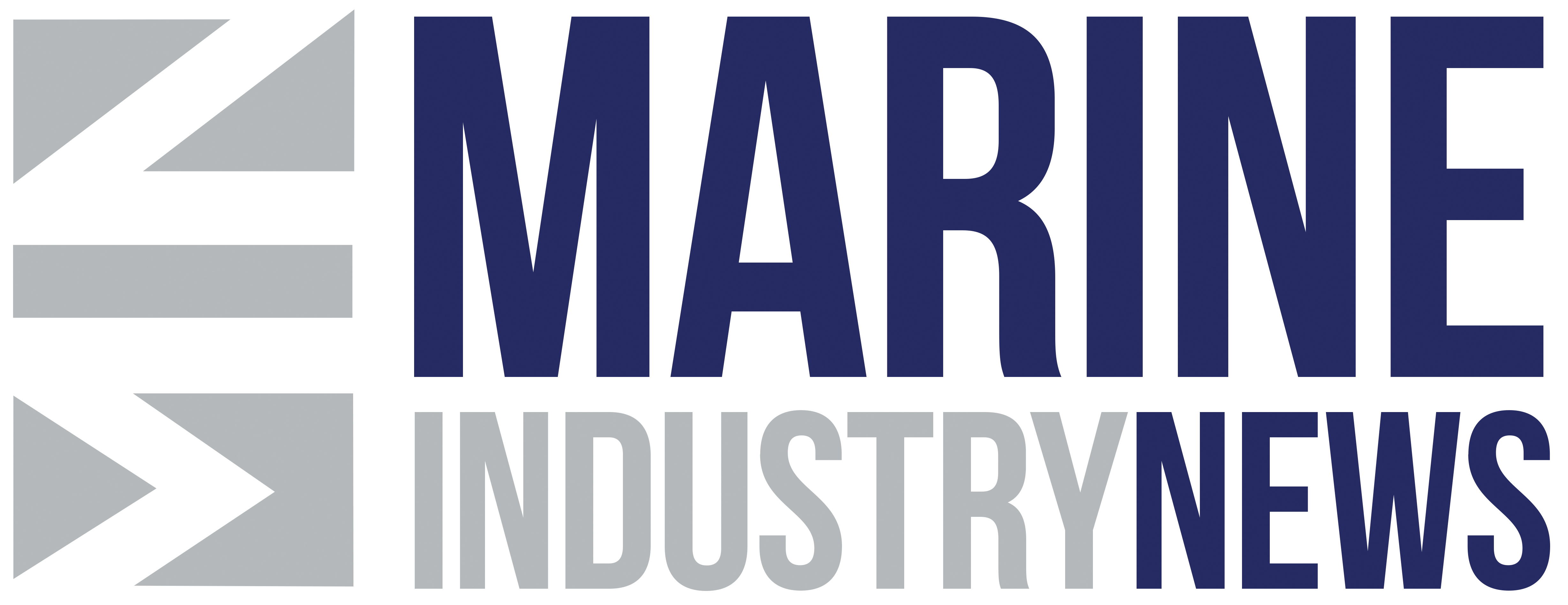MAIB releases report into loss of life after capsize of Anna-Marie II

MAIB has released its report on the capsizing of the 6.2m fishing vessel, Anna-Marie II, as it entered the mouth of the Brora river while returning from its fishing grounds in September 2019, see narrative below. The vessel broached and was capsized in unusually high waves, resulting in both its skipper and crewman entering the water. Neither was wearing a personal flotation device; the crewman managed to swim ashore but unfortunately the skipper drowned.
MAIB’s investigation determined that the skipper struck his head during the capsize, which may have affected his ability to swim. Had the skipper been wearing a lifejacket it would have helped keep his head out of the water and might have increased his likelihood of survival.
The report notes the safety issues which contributed to the accident.
It says, crossing a river bar in a small boat can be extremely hazardous, particularly at low tide in large swells. The skipper’s extensive knowledge of the local conditions did not prevent him being caught out by the size of the waves, which were hard to judge from out at sea and not evident in any forecasts.
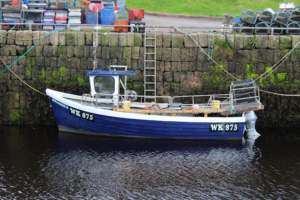 Open fishing vessels have a higher risk of capsizing, particularly in steep waves, compared with decked vessels and so it is important that fishermen reduce the risk of broaching and capsize by taking suitable precautions and prepare for a capsize happening.
Open fishing vessels have a higher risk of capsizing, particularly in steep waves, compared with decked vessels and so it is important that fishermen reduce the risk of broaching and capsize by taking suitable precautions and prepare for a capsize happening.
The wearing of personal floatation devices is now mandatory following the significant numbers of fishermen who have drowned following fishing vessel accidents. The benefits of wearing a PFD by far outweigh any secondary risks such as entrapment and further precautions can be taken to minimise that risk.
Accident narrative
At about 15:20 on Monday 23 September 2019, Anna-Marie II sailed from Brora harbour with its owner/skipper, William ‘Willie’ Sutherland, and his son (crewman) on board. It was their intention to lift, empty, re-bait and re-shoot one string of creels, and lift, empty and bring ashore two other strings.
At about 15:40, having re-shot one string of creels and recovered another string of nine creels, the crew saw that the swell was causing waves to break over the marker buoys of the third string of creels, which had been laid closer to the shore. After a short discussion, they decided not to recover the third string and instead return to Brora harbour.
The skipper steered Anna-Marie II westward towards the Brora river entrance and waited for three sets of waves to pass before starting his run into the river in the following seas. At this time the crewman was looking to the rear of the vessel from just outside the wheelhouse. Once they were committed to entering the river, an unexpected large wave caught Anna-Marie II from astern, causing the vessel to broach; turning it to starboard and heeling it to port, beam on to the waves. A second wave then hit the vessel, rolling it further to port, causing it to capsize and invert.
The crewman was initially trapped under the hull, but after 10 to 15 seconds he was able to free himself. When he surfaced he could not see his father in the water so decided to head for shore.
At about 15:50 the skipper of another local fishing vessel, Sunny, which was in Brora harbour, was told by two passers-by on the quay that a vessel had capsized in the river entrance. Sunny’s skipper, having already spoken to Anna-Marie II’s skipper earlier in the day, tried to contact him on his very high frequency (VHF) radio, but received no response. At 15:53, he called “Mayday” on VHF channel 16 and took Sunny out of the harbour into the river to assist. He also called the skipper of another fishing vessel from Brora who he knew was at sea, and told him that the river entrance was blocked.
Anna-Marie II’s crewman managed to swim to shore and was helped uninjured from the water by passers-by and taken to a nearby house to warm up.
As Sunny moved towards the river entrance, its skipper saw Anna-Marie II’s skipper floating face-up and apparently conscious in the water. He immediately shouted to him, but did not get a response. He then manoeuvred Sunny’s stern towards Anna-Marie II’s skipper, and pulled him on board using the vessel’s shooting ramp. Sunny’s skipper realised that Anna-Marie II’s skipper was not breathing and started cardiopulmonary resuscitation (CPR). He then began to manoeuvre Sunny back into the harbour, which he found difficult, as he had to avoid Anna-Marie II’s creel lines in the water, prevent the vessel running aground and continue CPR.
With the help of people on the quay, Sunny was tied up while the skipper continued to provide CPR.
At 16:21, an ambulance arrived on scene and at 16:35 a coastguard rescue helicopter, R151, arrived. Shortly after, the skipper was flown to Raigmore Hospital in Inverness, where he was declared deceased.
The cause of death was determined as drowning. There was also some bruising to his scalp in keeping with a blow to the head.The report’s release coincides with the start of the Home and Dry campaign. Additionally, MAIB has created a safety flyer, entitled Safety lessons: minimising the risk of capsize and inversion of small open fishing vessels which is available for download.


